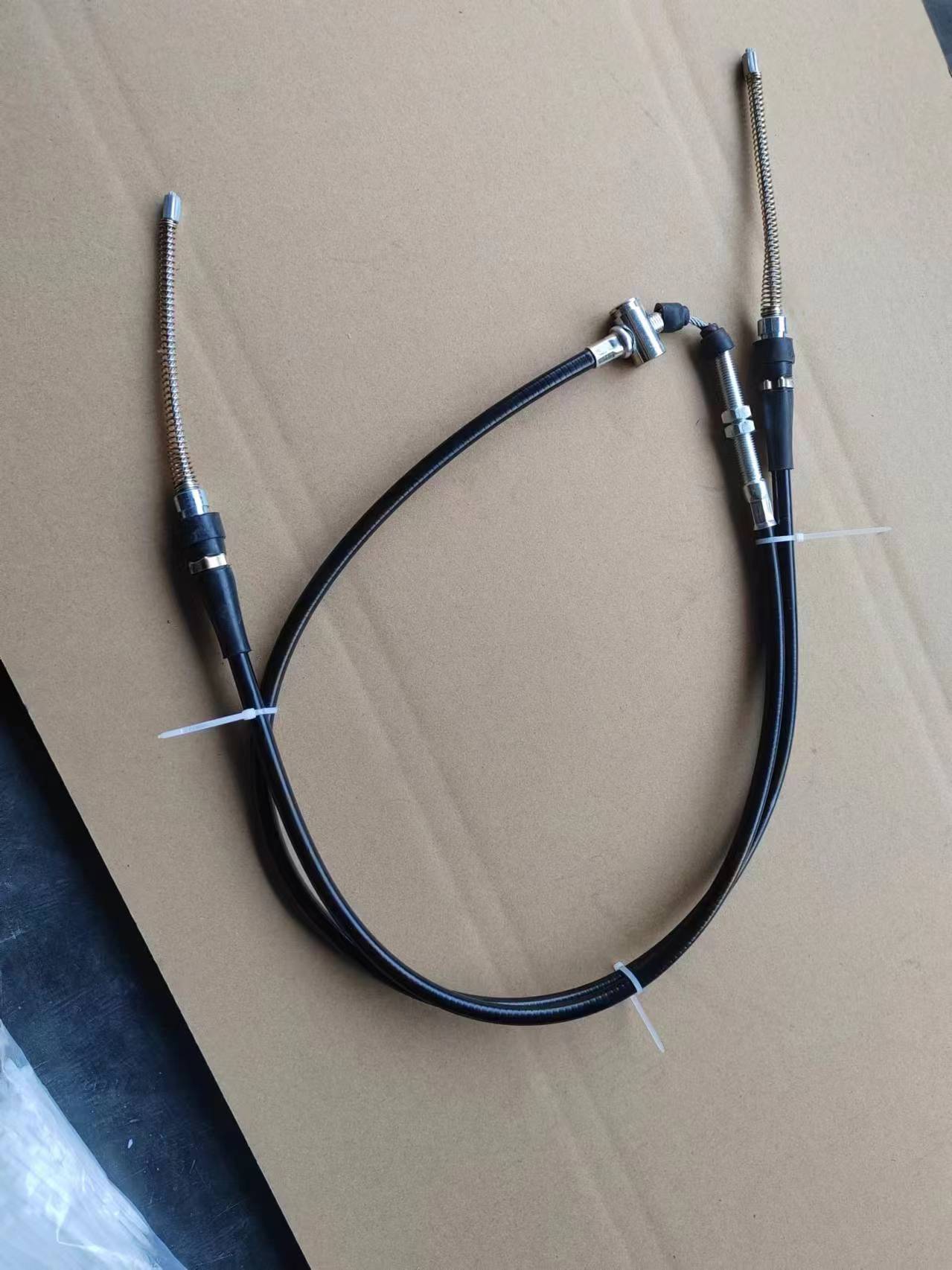Clutch Cable Assembly for Enhanced Vehicle Performance and Precision Control
Understanding Cable Assembly for Clutch Systems
The automotive industry has seen significant advancements in technology, and one critical component that plays a vital role in the overall performance of vehicles is the cable assembly for clutch systems. This intricate but essential part is not only crucial for delivering smooth gear transitions but also impacts driving comfort and vehicle responsiveness. In this article, we will explore the function, design, manufacturing processes, and future trends related to cable assemblies for clutch systems.
The Function of Cable Assemblies in Clutch Systems
A clutch cable assembly is primarily responsible for connecting the clutch pedal to the clutch mechanism within a vehicle's transmission. When a driver presses the clutch pedal, this action is transmitted through the cable assembly, which subsequently disengages the clutch. This disengagement allows for smooth gear shifts, enabling the driver to change gears without grinding or causing damage to the gearbox.
Clutch cable assemblies generally comprise several components, including the cable itself, housing, end fittings, and sometimes additional hardware. The quality and design of these components are critical, as they directly contribute to the cable assembly's durability, responsiveness, and overall efficiency in engaging and disengaging the clutch mechanism.
Design Considerations
When designing a cable assembly for clutch systems, engineers must consider several factors such as durability, flexibility, and resistance to environmental conditions. The materials used in construction must withstand high tensions while providing adequate flexibility for ease of operation. Typically, cables are made from high-strength steel strands to ensure they can bear heavy loads without snapping.
The outer housing, often made from reinforced plastic or metal, protects the cable from dirt, moisture, and other external factors that could cause wear and tear. Engineers must also consider the routing of the cable within the vehicle to minimize friction and ensure smooth operation.
Furthermore, the design must account for different types of vehicles—manual and automatic transmission systems. Although automatic vehicles primarily rely on hydraulic systems, having a reliable clutch cable assembly is still crucial for manual overrides or where manual gear selection is required.
cable assy clutch

Manufacturing Processes
The manufacturing of cable assemblies for clutch systems involves a series of precise steps. First, raw materials are sourced and cut to specific lengths. The cables are then constructed by winding together high-tensile strength steel wires. This assembly undergoes processes such as coating to prevent rust and enhance longevity.
Next, the cable is threaded through appropriately designed housing. Attention to detail during this stage is vital, as any kinks or misalignments can result in performance issues. After assembly, each unit undergoes rigorous testing to ensure it meets the desired performance standards. Quality control is paramount; producers must guarantee that each cable assembly operates flawlessly under the various conditions typical for vehicles.
Future Trends
As the automotive industry evolves, so too do the design and manufacturing of clutch cable assemblies. The growing trend towards electric vehicles (EVs) is leading to innovations in clutch systems, with manufacturers exploring electronic actuation methods that eliminate the need for traditional cable assemblies. However, for internal combustion engine vehicles, there remains a strong demand for high-performance cable assemblies that improve driving ergonomics and reduce maintenance costs.
Moreover, the integration of smart technologies, such as sensors within the cable assembly, could provide real-time feedback to the driver about the clutch's condition, enhancing driving safety and performance. As manufacturers continue to emphasize sustainability, there may be a shift towards eco-friendly materials that do not compromise performance.
Conclusion
In summary, cable assemblies for clutch systems are indispensable components that facilitate smooth vehicle operation. Their design, manufacturing processes, and future innovations have a direct impact on vehicle performance, driver experience, and overall safety. As the automotive landscape continues to change, staying informed about advancements in clutch cable assemblies will be vital for manufacturers, mechanics, and drivers alike. As we embrace these changes, the fundamental goal remains the same delivering a seamless and enjoyable driving experience through efficient and reliable vehicle systems.
-
Workings of Clutch Pipe and Hose SystemsNewsJun.04,2025
-
The Inner Workings of Hand Brake Cable SystemsNewsJun.04,2025
-
The Secrets of Throttle and Accelerator CablesNewsJun.04,2025
-
The Hidden Lifeline of Your Transmission Gear Shift CablesNewsJun.04,2025
-
Demystifying Gear Cables and Shift LinkagesNewsJun.04,2025
-
Decoding Clutch Line Systems A Comprehensive GuideNewsJun.04,2025
